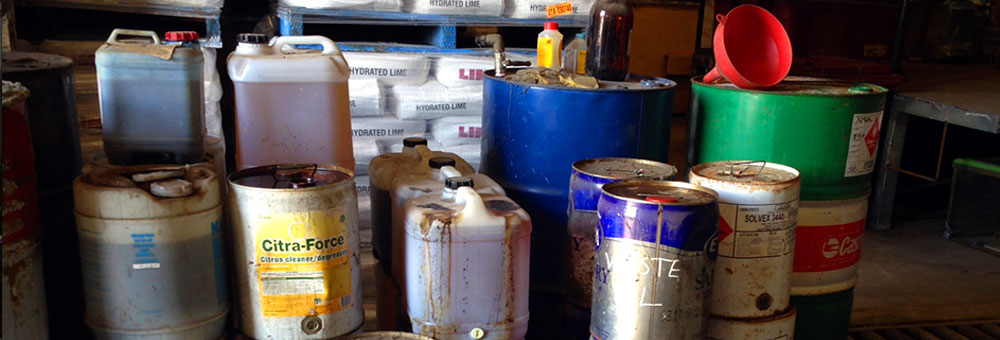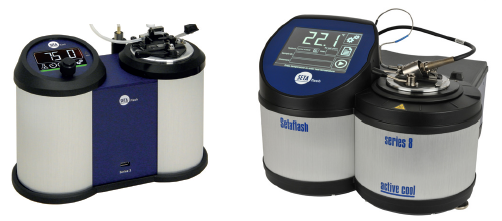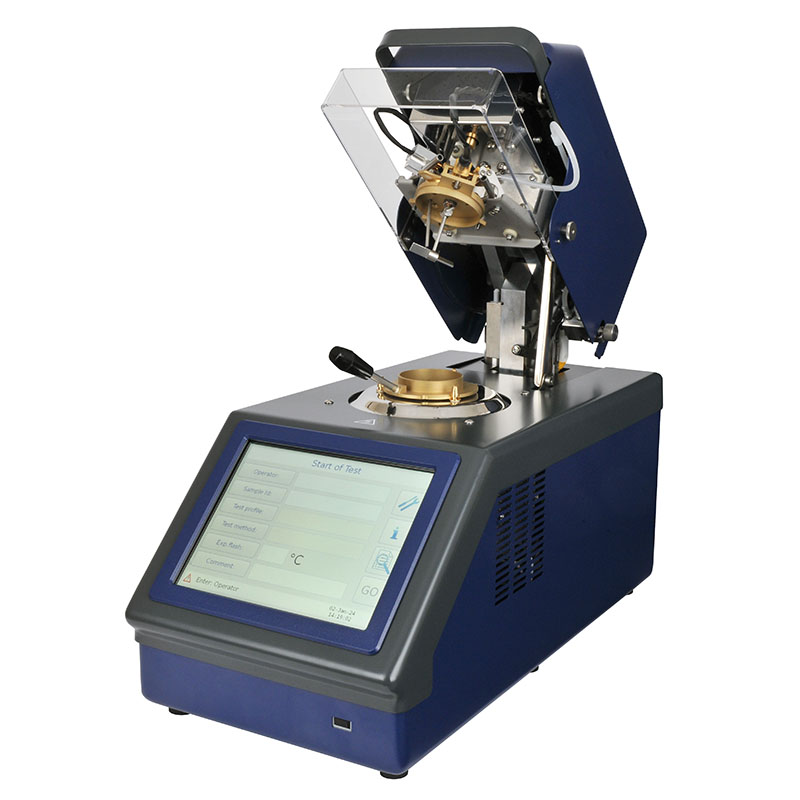Why measure the flash point of waste?
- The management and disposal of waste materials is internationally regulated, with downstream legislation that includes laws protecting the environment, consumers and workers
- There are significant consequences surrounding the correct classification of waste materials, the industry has a ‘duty of care’ regarding associated risks of managing waste materials with significant financial and legal penalties if these are not followed

Waste regulations and controls
- US Environmental Protection Agency Resource Conservation and Recovery Act (RCRA)
- EU CLP Regulation 1272/2008 – Classification, Labelling and Packaging (CLP) of substances
- EU Directive 2008/98/EX – properties of waste which render it hazardous
- EU Directive 96/61/EC – Industrial Pollution & Prevention Control Directive
- EU Directive 2008/98/EC – waste oils
- Waste is considered hazardous if it exhibits one or more of the following characteristics: flammability, corrosivity, reactivity, toxicity
Test methods
- Commonly specified flash point tests include ASTM D8174 (Setaflash Small Scale) and ASTM D8175 (Pensky-Martens)
Setaflash
- Electric ignitor or gas
- Requires just 2 ml of sample and a test takes under 2 minutes
- Tests can be carried out onsite rather than sending samples to a test house, saving time and money
- Automatic flash detection and barometric correction
- Full touch screen display
- USB output and results storage
See our range of Setaflash flash point testers

PM-93 Pensky-Martens
- Fast, accurate and safe
- Easy operation
- Unique SafeFlash fire extinguishing system
- Large touch screen
- USB output and large memory storage
- Statistical Quality Control software
View the PM-93 Pensky-Martens flash point tester

Download the Flash Point: Waste PDF